Julien Morlier
IMS
Sport Task: Fine Grained Action Detection and Classification of Table Tennis Strokes from Videos for MediaEval 2022
Jan 31, 2023
Abstract:Sports video analysis is a widespread research topic. Its applications are very diverse, like events detection during a match, video summary, or fine-grained movement analysis of athletes. As part of the MediaEval 2022 benchmarking initiative, this task aims at detecting and classifying subtle movements from sport videos. We focus on recordings of table tennis matches. Conducted since 2019, this task provides a classification challenge from untrimmed videos recorded under natural conditions with known temporal boundaries for each stroke. Since 2021, the task also provides a stroke detection challenge from unannotated, untrimmed videos. This year, the training, validation, and test sets are enhanced to ensure that all strokes are represented in each dataset. The dataset is now similar to the one used in [1, 2]. This research is intended to build tools for coaches and athletes who want to further evaluate their sport performances.
Sports Video: Fine-Grained Action Detection and Classification of Table Tennis Strokes from Videos for MediaEval 2021
Dec 16, 2021
Abstract:Sports video analysis is a prevalent research topic due to the variety of application areas, ranging from multimedia intelligent devices with user-tailored digests up to analysis of athletes' performance. The Sports Video task is part of the MediaEval 2021 benchmark. This task tackles fine-grained action detection and classification from videos. The focus is on recordings of table tennis games. Running since 2019, the task has offered a classification challenge from untrimmed video recorded in natural conditions with known temporal boundaries for each stroke. This year, the dataset is extended and offers, in addition, a detection challenge from untrimmed videos without annotations. This work aims at creating tools for sports coaches and players in order to analyze sports performance. Movement analysis and player profiling may be built upon such technology to enrich the training experience of athletes and improve their performance.
Three-Stream 3D/1D CNN for Fine-Grained Action Classification and Segmentation in Table Tennis
Sep 29, 2021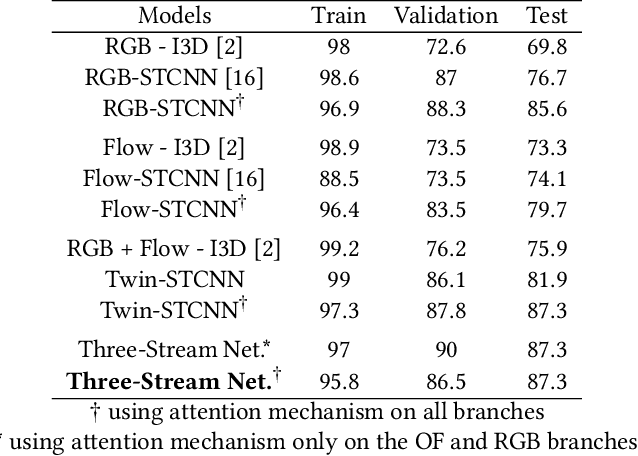
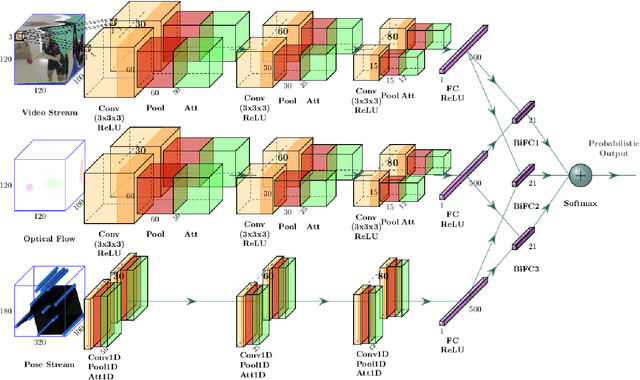
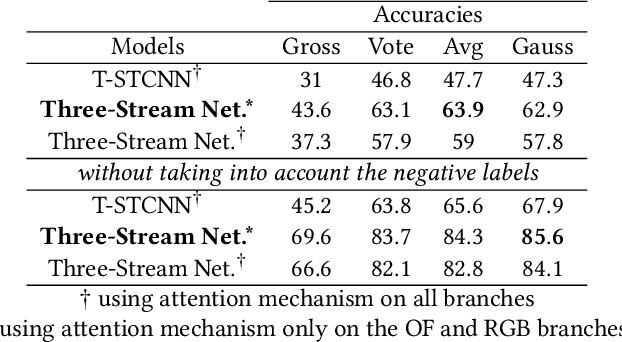
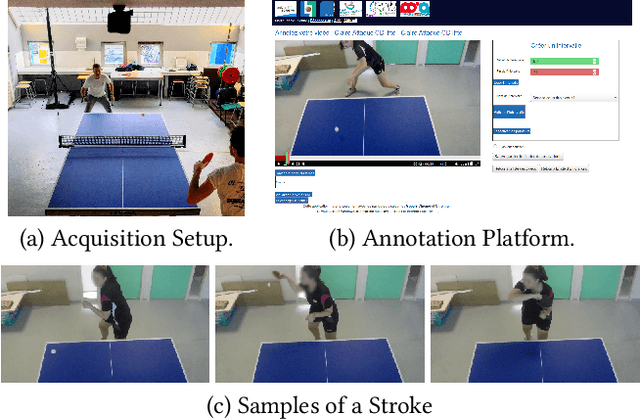
Abstract:This paper proposes a fusion method of modalities extracted from video through a three-stream network with spatio-temporal and temporal convolutions for fine-grained action classification in sport. It is applied to TTStroke-21 dataset which consists of untrimmed videos of table tennis games. The goal is to detect and classify table tennis strokes in the videos, the first step of a bigger scheme aiming at giving feedback to the players for improving their performance. The three modalities are raw RGB data, the computed optical flow and the estimated pose of the player. The network consists of three branches with attention blocks. Features are fused at the latest stage of the network using bilinear layers. Compared to previous approaches, the use of three modalities allows faster convergence and better performances on both tasks: classification of strokes with known temporal boundaries and joint segmentation and classification. The pose is also further investigated in order to offer richer feedback to the athletes.
3D attention mechanism for fine-grained classification of table tennis strokes using a Twin Spatio-Temporal Convolutional Neural Networks
Nov 20, 2020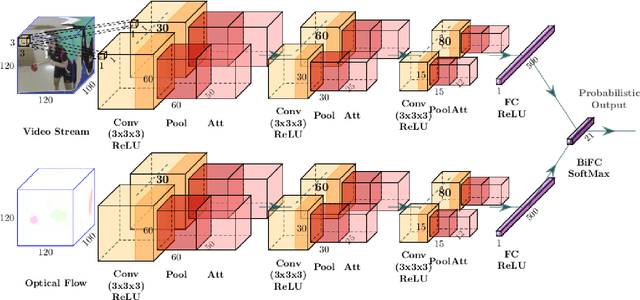

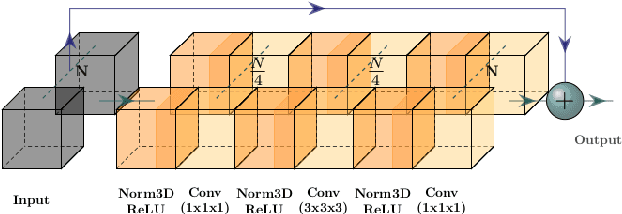
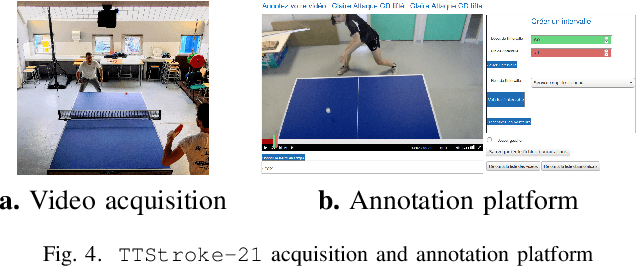
Abstract:The paper addresses the problem of recognition of actions in video with low inter-class variability such as Table Tennis strokes. Two stream, "twin" convolutional neural networks are used with 3D convolutions both on RGB data and optical flow. Actions are recognized by classification of temporal windows. We introduce 3D attention modules and examine their impact on classification efficiency. In the context of the study of sportsmen performances, a corpus of the particular actions of table tennis strokes is considered. The use of attention blocks in the network speeds up the training step and improves the classification scores up to 5% with our twin model. We visualize the impact on the obtained features and notice correlation between attention and player movements and position. Score comparison of state-of-the-art action classification method and proposed approach with attentional blocks is performed on the corpus. Proposed model with attention blocks outperforms previous model without them and our baseline.
 Add to Chrome
Add to Chrome Add to Firefox
Add to Firefox Add to Edge
Add to Edge